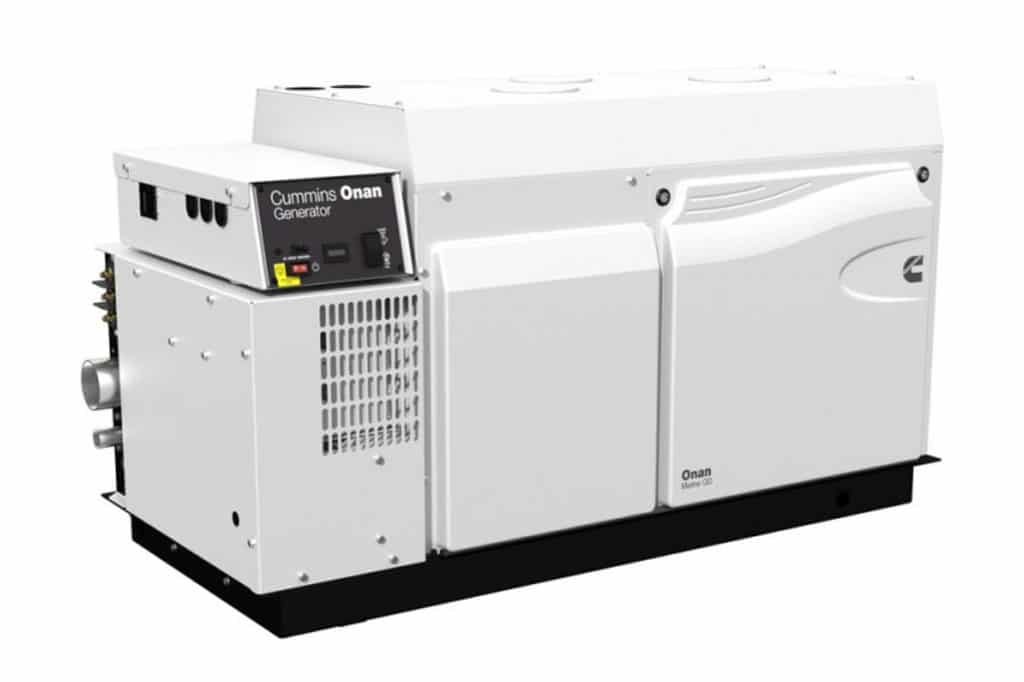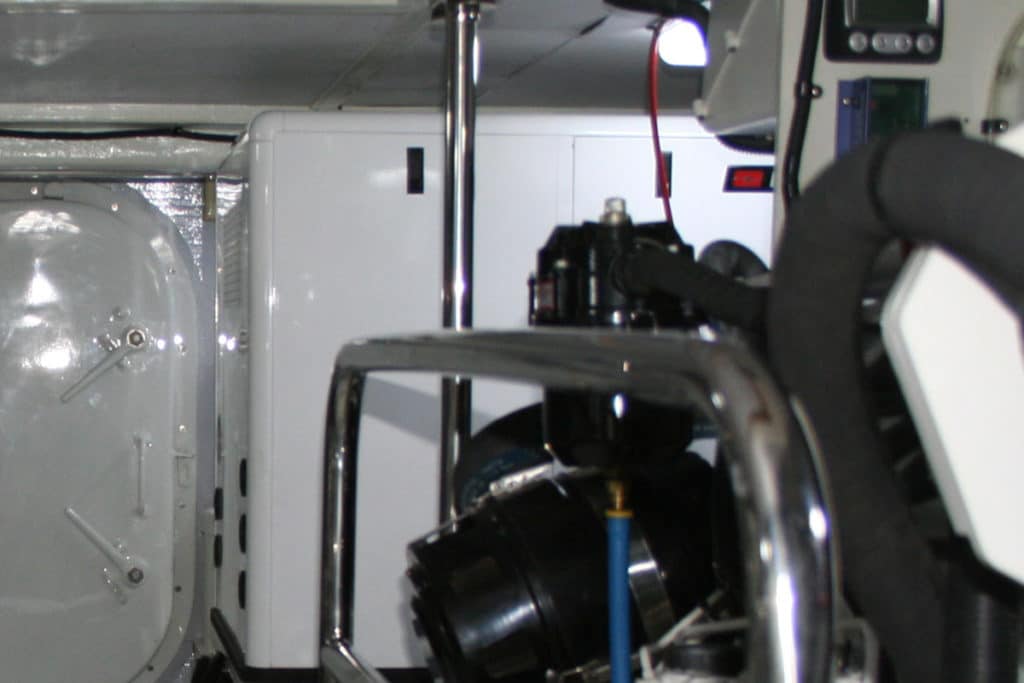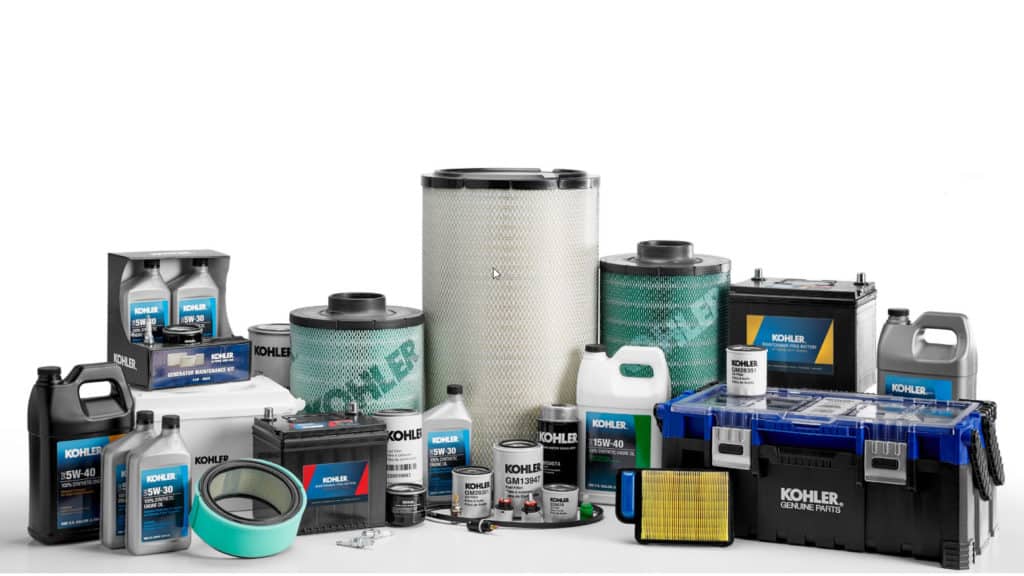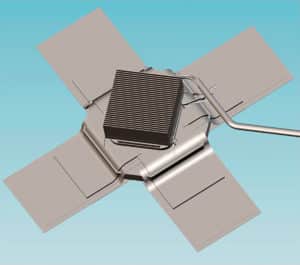
Most boat and yacht owners take care when it comes to their vessel’s engines, but unfortunately, few pay the same amount of attention to the generator. And what is a generator, after all, but another engine. In fact, in some ways marine generators live an even more difficult life than a boat’s primary propulsion. They may sit for extended periods without being used, get pressed into service for hour upon hour, suffer from deferred maintenance and live in a compact corner of an engine room. If not properly maintained, they’re subject to failure. So be sure to treat your boat’s marine generator with respect, including:
- Following the Manufacturer’s Recommended Maintenance Schedule
- Performing Pre-Trip Checks
- Preventing Generator Overload
Following the Manufacturer’s Recommended Maintenance Schedule
As is true with any internal-combustion engine, generators have regular service needs. The specifics will vary from unit to unit, so this is one of those cases where the best we can say is to follow the manufacturer’s recommended procedures. You can expect most marine generators to require regular daily-use, checks on fluid levels and oil- and fuel-filter changes at specific engine hour intervals; air filter cleanings and/or replacements; water/fuel separator replacements; belt checks/tensioning/replacements at specific intervals; impeller inspections and changes; and sacrificial anode inspections and replacement. Remember, this isn’t a complete list so be sure to check the owner’s manual to find out what else is required, along with the timing of each check or replacement.

Performing Pre-Trip Checks
Each and every time you leave the dock, the generator should be on the pre-trip checklist even if you don’t think you’ll be running the generator on that specific voyage. Again, we suggest consulting your generator’s owner’s manual, but as a rule you’ll see these items on the list:
- Visually inspect to be sure ventilation is not impeded.
- Make sure the water intake is not impeded (including checking raw-water strainers, and making sure seacocks and valves are open).
- Visually inspect wiring connections and mounting hardware, to make sure nothing has vibrated loose.
- Check belt tension.
- Check all fluid levels.
On top of checking these items every time you run your boat, there are also some things you’ll want to look at on a regular basis if you haven’t run your generator for more than a week. These include:
- Starting the generator, visually inspecting for leaks, and listening for unfamiliar noises.
- Running the generator for 15 minutes or so under load, while eyeballing the temperature and making sure it holds steady.
- Visually inspecting exhaust to make sure it’s not producing excessive smoke.
- Test the charge on the starter battery and top it off, if required.
- Check hose clamps to make sure they’re tight (and tighten if necessary).

Preventing Generator Overload
Your boat was likely outfitted with an appropriately sized generator from the start, but sometimes the units aren’t quite up to the task. In other cases, you may have added or upgraded systems on the boat and increased the electrical load. Either way, it’s important not to overload your generator or failure may be one flick of a switch away.
Judging how much is too much can be difficult, and overload breakers are meant as a backup measure, not the first line of defense. Still, most often, boaters who overload a generator realize it after the fact. So whenever the generator is running, be on the lookout for signs of an overload. One of the most common is overheating. If you notice the temperature gauge is peaking higher than normal, or if you hear the generator working harder than usual, reduce the load immediately. Another common sign is failing systems. If the air conditioning is struggling when you run the microwave, for example, you’re overloading the generator.
If there is soot buildup at the generator’s exhaust port or it looks abnormally smokey while the generator is running, take that as a sign it may be overloading. There can be other causes for excessive or dirty exhaust, such as fuel, air or injector issues. But overloading can cause it to happen, too, so if you suspect that could be an issue the first step is to reduce load and see if it continues.
When you flip those switches aboard your boat you want everything to work, and you need power for that to happen. In other words, you need your generator. So treat it wisely, give it the maintenance it needs, prevent overloads and you’ll keep that marine generator running reliably for years to come.








